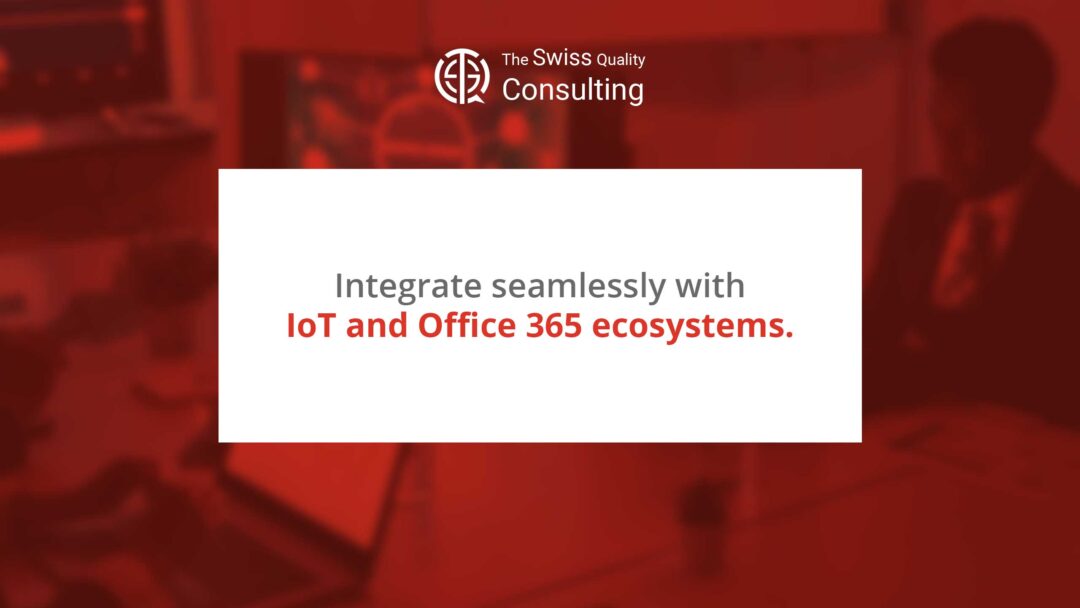IoT and Office 365 Integration
Leveraging IoT for Enhanced Business Operations
The advent of the Internet of Things (IoT) is revolutionizing the business landscape, offering unprecedented opportunities for connectivity and automation across a multitude of operational facets. The integration of IoT devices within corporate systems catalyzes a transformation in the collection and utilization of data, propelling businesses into an era of enhanced efficiency and responsiveness. By incorporating IoT technology, organizations can harness real-time data streams from a myriad of sources – from supply chain sensors to customer interaction touchpoints. This influx of immediate, actionable data equips decision-makers with the insights needed to make well-informed choices, optimize processes, and adopt a proactive stance on maintenance and logistics, ultimately refining the caliber of customer service delivered.
IoT’s capabilities extend to the realm of predictive analytics, allowing businesses to anticipate issues before they arise, streamline resource allocation, and minimize downtime. This predictive power is not only a boon for operational efficiency but also serves as a strategic advantage in planning and competitiveness. Maintenance can transition from a reactive to a preventative model, logistics can be optimized through real-time tracking and rerouting, and customer service can be personalized and responsive, all thanks to the integration of IoT within business operations.
Furthermore, IoT integration fosters a more connected and transparent business environment. Internal departments can synchronize their activities more effectively, as IoT devices offer a consistent and accurate view of various operations. Meanwhile, customers benefit from greater transparency and faster service, bolstering their trust and satisfaction. As IoT continues to evolve, its role in business operations is set to deepen, making its integration a critical consideratio
Maximizing Productivity with Office 365 Integration
Office 365 stands as a comprehensive suite of productivity tools that are reshaping the way businesses approach collaboration and communication. The strategic integration of Office 365 into existing business systems serves as a catalyst for enhancing operational efficiency and productivity. By bridging Office 365 with other software, organizations can create a unified ecosystem that streamlines complex workflows, simplifies document management, and fosters a collaborative culture that transcends departmental barriers.
This integration allows for the centralization of resources, where documents and data can be accessed and edited in real-time, from any location, promoting a flexible and dynamic work environment. The coalescence of communication tools within Office 365 with project management software, for example, equips teams with the ability to track progress, communicate changes, and share insights instantaneously, thereby reducing lag and redundancies that can impede project timelines.
Moreover, integrating Office 365 with customer relationship management (CRM) systems and other customer-facing platforms can significantly elevate the customer experience. Sales teams can leverage real-time data to provide personalized service, while support teams can access a wealth of information to resolve issues more efficiently. The synergy between Office 365 and other business systems not only propels internal productivity but also projects its benefits outward, enhancing the quality of engagement with the customer base.
n for any forward-thinking enterprise.
Maximizing Productivity with Office 365 Integration
Office 365, a leading suite of productivity tools, offers businesses a platform for collaboration and communication. Integrating Office 365 with other business systems streamlines workflows, enhances document management, and facilitates seamless collaboration across various departments.
Change Management Strategies for Technology Integration
Successfully integrating IoT and Office 365 into business processes requires effective change management strategies. These strategies should address the technical and human elements of integration, ensuring that all staff are trained and the technological infrastructure is in place to support the new systems.
Executive Coaching for Leading Digital Transformation
Executive coaching services play a pivotal role in preparing leaders to drive digital transformation initiatives. Through coaching, leaders can acquire the skills needed to champion technological integration, fostering a culture that embraces innovation and continuous improvement.
Conclusion
Integrating seamlessly with IoT and Office 365 ecosystems is not just a technological upgrade; it’s a strategic move towards a smarter, more connected business model. By doing so, businesses position themselves to thrive in an increasingly digital world.
#IoTIntegration #Office365 #DigitalTransformation #BusinessEfficiency

